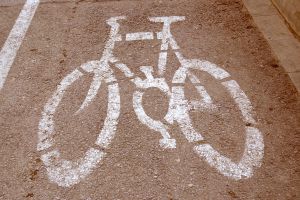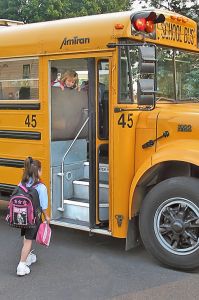On the day after Thanksgiving, commonly known as Black Friday for shoppers, both sports and news networks throughout Florida and the U.S. that Tiger Woods was involved in an auto accident. According to original reports, including report by WSVN Fox News in the Miami/Ft. Lauderdale area, Tiger Woods was seriously injured in an auto accident and taken to Health Central Hospital.
The crash occurred near Woods’ Windermere home when he pulled out of his driveway and hit a fire hydrant and tree with his Cadillac SUV, according to the Orlando Sentinel. The Florida Highway Patrol stated that the accident was not alcohol-related, although charges are pending.
Thankfully, further updates reported that the airbags in Woods’ vehicle did not deploy because the vehicle was traveling at less than 33 miles per hour. Furthermore, Woods was released from the hospital and it is likely that he only suffered facial lacerations. Spokespersons for Woods said that he was okay and in good condition.
Traditionally, we will see a noticeable increase in auto accidents during the holidays. Thanksgiving had the highest numbers of fatalities in Florida with 52 fatalities, almost half of which involved alcohol. This is likely due to the fact that Thanksgiving involves a longer weekend than New Year’s Eve or the Fourth of July and as it is a more family-oriented holiday, we see more travelers on the road. South Florida is particularly susceptible to increased accidents and traffic due to our warm weather throughout the winter.
While the story continues to develop, we wish Tiger Woods a speedy recovery and we urge that everyone drive safely and responsibly during the holidays.






Recent Comments